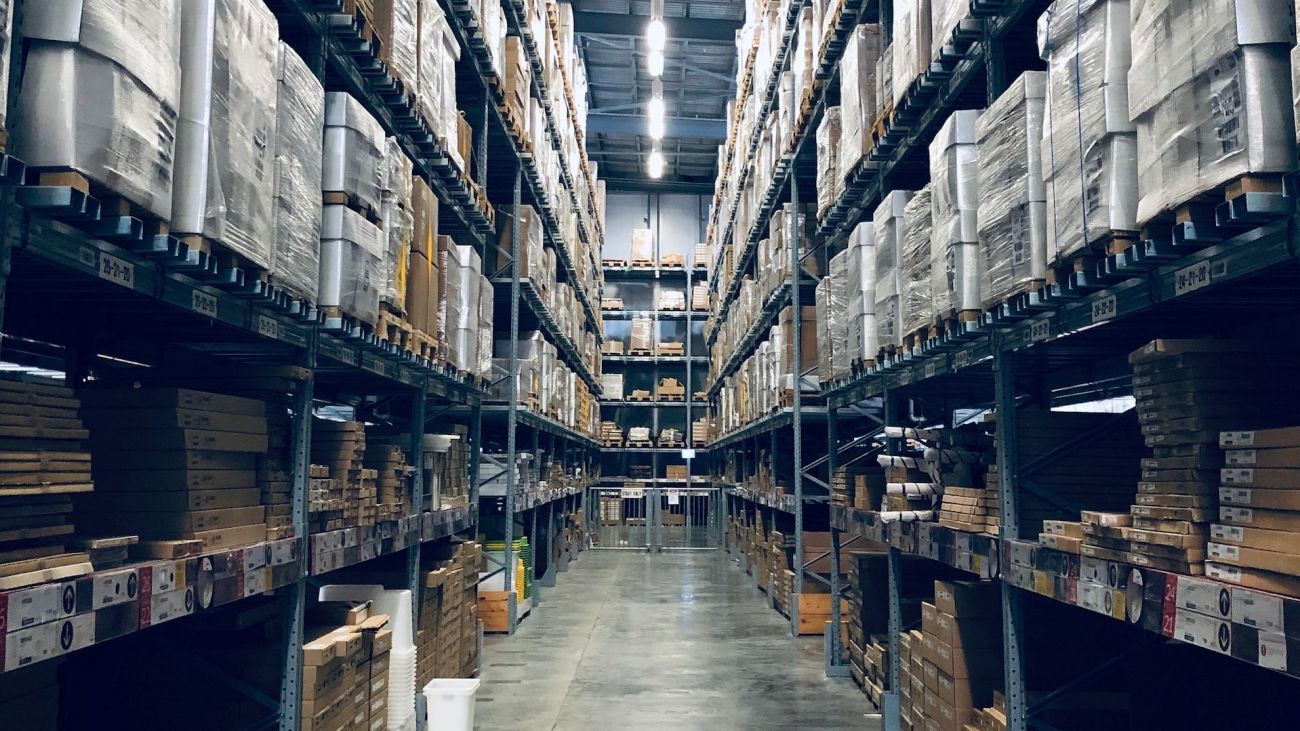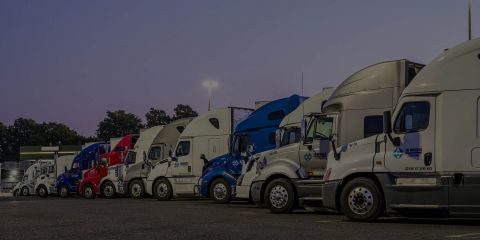
The logistics industry evolves as the world becomes increasingly digitized. Warehousing follows suit by adopting automation technologies to streamline processes, reduce costs, and increase efficiency. Companies invest in robotics, artificial intelligence, and other cutting-edge tools. That is driving widespread adoption and industry growth. This blog post will examine the 5 warehousing automation trends to expect in 2023. From the increased adoption of robotics to IoT integration, these trends have revolutionized how we store, manage, and distribute goods.
1. Advancements in Artificial Intelligence
Using artificial intelligence (AI) is a growing trend in the warehousing industry. AI is a broad term that refers to computers' ability to mimic human intelligence. Machine learning is the most common type of AI today, and it uses algorithms and data sets to make decisions based on the outcomes of previous events. AI can be extremely useful in warehousing automation for tasks like analyzing inventory levels and forecasting demand. In 2023, this will lead to more efficiency and lower costs while ensuring product availability.
2. Automated Storage and Retrieval Systems
Automated Storage and Retrieval Systems (ASRS) have become a standard in modern warehousing operations. They offer a cost-effective, high-speed solution for storing and retrieving items. These machines can easily handle all products, from pallets, totes, and cases. Automated systems leverage robotics technology to streamline the movement of large volumes of inventory, freeing up time and resources while improving accuracy and safety. The result is increased efficiency and productivity, making ASRS a crucial component of the future of warehousing automation.
3. Expansion of Cloud-Based Warehouse Management Systems
Cloud computing offers ubiquitous and convenient access to a shared pool of configurable computing resources. That comprises networks, storage, software, servers, and other services that may be quickly provided and made available with little management labor or involvement from service providers. The cloud operates like a utility, where behind-the-scenes management is handled by someone else. That makes it an ideal solution for businesses looking to scale up or down flexibly. The main reason is that companies can easily add or remove resources as they deem fit. Not only that, but it is often at a lower cost than purchasing them directly from vendors like Amazon Web Services (AWS).
4. Integration of Internet of Things Technology
The term "Internet of Things" (IoT) refers to interconnected electronic gadgets sharing data over the web. The Internet of Things is a thriving market with numerous potential uses, including warehouse automation, logistics, and production. With the help of the Internet of Things, warehouses will, for instance, be able to gather data on temperature and humidity levels. Warehouse managers can then use this information to monitor their stock and determine whether or not they should move the product. The technology also improves the lines of communication between warehouse employees working on separate tasks, preventing them from duplicating their efforts. In fact, according to helixmove.com, more and more storage facilities and moving companies are turning to this technology to improve efficiency.
5. Distributed (Global) Logistics
In the world of warehousing automation, the concept of "Distributed (Global) Logistics" is gaining wide popularity. It strategically distributes products across various facilities and locations to reduce inventory and operating costs. Unlike the traditional model of global logistics, which relies on a single centralized location, distributed logistics operates through multiple sites. For instance, an e-commerce business that operates warehouses globally can utilize this approach to maximize lean warehousing management. By implementing distributed logistics, the business can ensure that not all warehouses need to be at total capacity at once, freeing up valuable space and reducing storage fees.
Conclusion
In conclusion, looking at the 5 warehousing automation trends to expect in 2023, it's evident that warehousing automation is the industry's future. Over the last few years, we've witnessed remarkable advancements in this field, and it's exciting to imagine what the future holds. As companies continue investing in warehousing automation, we expect even more innovation and improvement in 2023. The advancements made in this technology will streamline operations, improve accuracy and safety, and ultimately lead to a more productive and profitable future for businesses.
If you are looking for a 3PL warehouse in Vancouver that utilizes automation technology, look no further than 18 Wheels Logistics. Contact us today to learn more about how we can help streamline your logistics operations.
For over 30 years, 18 Wheels Logistics has strived to be the most customer-centric trucking, warehousing, and logistics company around. Based in Vancouver, British Columbia, Canada, 18 Wheels relies on experience and integrity to make customers happy and remain on the cutting edge of shipping and logistics management.
If you have any questions about this article or you would like to talk to us about your shipping needs, please call us at (604) 439-8938.
